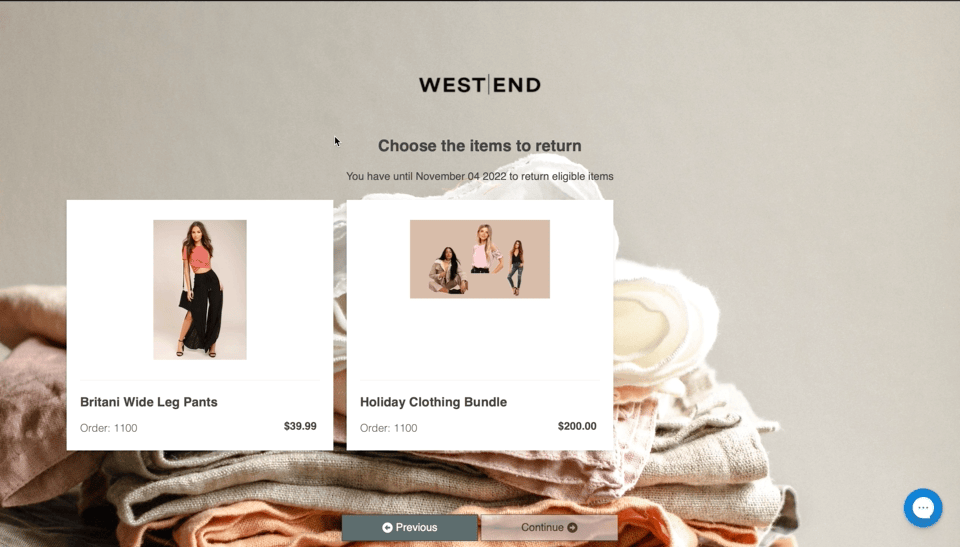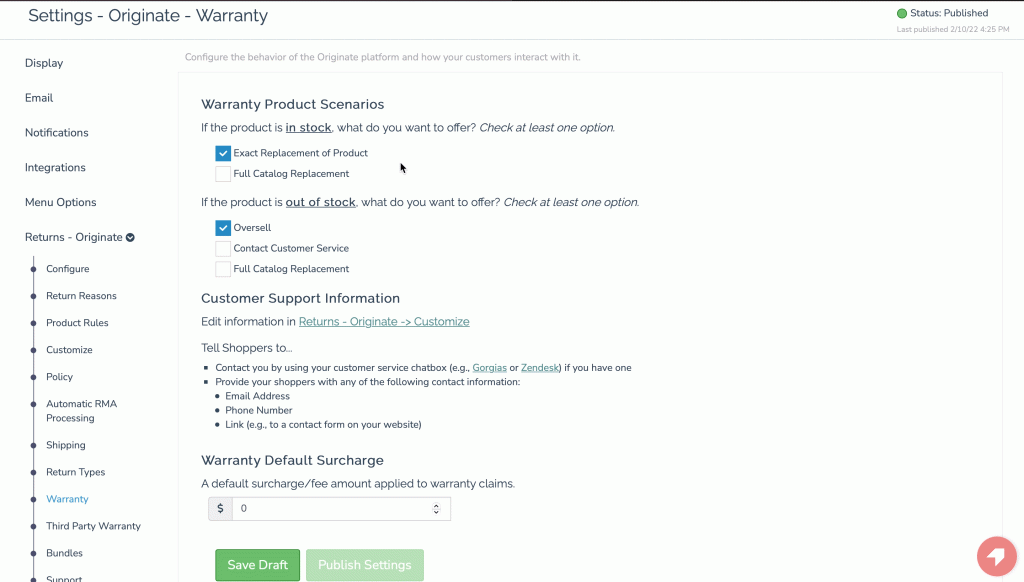
How to Implement Expanded Warranties
According to Allied Market Research, the warranty market is projected to be valued at $170 billion by 2027. With more and more warranty tools coming out for ecommerce retailers, adding product protection plans to products has never been easier. However, managing manual warranty requests or returns poses a lot of challenges.
One of those challenges is how to handle shoppers who submit a warranty request for an item that’s out of stock.
Retailers might not have that item in their inventory right now, the item may be seasonal and not offered anymore, or maybe they don’t even sell it all anymore – after all, warranties can last a long time.
So what can retailers do?
Before we answer that question, let’s dive into why handling out-of-stock warranty requests have been so challenging in the past.
The Friction of Manually Managing Out-Of-Stock Warranty Requests
In the past, a shopper would put in a warranty request and assume they’d get a replacement back. But if an item was out of stock or no longer made, they would have no way of knowing until a customer service rep reached out.
The rep would have to share the bad news and offer a refund, store credit, or try to get them something new. The shopper is already disappointed the original purchase didn’t work out and now they find out their problem isn’t going to get solved.
Not to mention, the customer service rep has to figure out that the item is out of stock, email or call the shopper, and deliver the bad news.
All in all, a bad experience for everyone involved.
But not anymore.
Now, both the shopper and retailer have options.
Expanded Warranties Save Time, Resources, and Improve CLTV
With Expanded Warranties, retailers can now set up separate workflows for in-stock and out-of-stock items.
Depending on inventory levels, shoppers have several different outcomes.
- The item is in stock, and a shopper can get an exact replacement.
- The item is out-of-stock, and the shopper has the option to shop for a full catalog replacement (an upsell opportunity similar to a full catalog exchange but for warranties).
- The item is out-of-stock, and the retailer wants to oversell anyway.
- The item is out-of-stock, and the retailer offers the option to contact them right then and there.
So what does this look like for the shopper?
And what kind of customization is available for retailers?
Let’s take a look.


With a cherry on top, retailers can also fully customize how shoppers reach out to them for out-of-stock items. Whether that’s a custom message, a different email, a specific phone number, or even the button text.
Out-of-stock warranty items have gone from a problem to a profitable opportunity.
Conclusion
Every interaction you have with a customer matters. Putting in a warranty request isn’t the best situation for a shopper but putting in a warranty request AND not having the product available makes it even worse. Now, retailers not only have the tools to give customers what they want, they can turn a bad experience into a revenue-generating one.
The automated extended warranty workflow breaks down communication silos leaving customers feeling supported and empowered — ultimately improving brand loyalty and increasing the customer lifetime value (CLTV) during the post-purchase journey.
Want to see Expanded Warranties in action? Schedule a time with one of our experts today!


